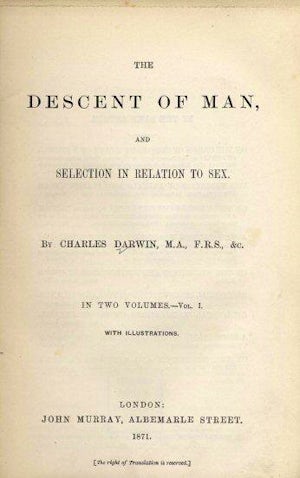December 10, 1948. The United Nations General Assembly passes the "Universal Declaration of Human Rights" (UDHR). The UDHR consists of a preamble and thirty articles. It sets out, for the first time, the fundamental human rights to be universally protected. The articles of the UDHR can be roughly divided into four themes; however, the rights in each theme can and do overlap to an extent, so these themes should be taken with a grain of salt. The first theme deals with "fundamental" rights; the second "political/ legal" rights; the third "economic" rights; and the fourth "social" rights.
But first the preamble. Here the reasoning behind human rights is articulated. It outlines things like where human rights come from, what the historical lack of them has meant, what the adoption of them means, and who is obligated to protect and promote them.
Articles 1-4, 29, 30 address "fundamental" rights. These correspond to the basic structure of rights, their scope and implications, and more "abstract" or "genera" rights. So, for example, Article 1 outlines that "human beings are born free and equal in dignity and rights. They are endowed with reason and conscience and should act towards one another in a spirit of brotherhood" (Article 1). This is then followed by Article 3 which says that "[e]veryone has the right to life, liberty and the security of person" (Article 3). While article 30 says that "nothing in this declaration may be interpreted as implying for any state, group or person any right...aimed at the destruction of any rights" (Article 30).
Articles 4-12, 14-15, and 21-22 address political/legal rights. They address rights that are more specific to both political and legal institutions and states. Included are rights like not being "held in slavery or servitude" (Article 4), being "subjected to torture" (Article 5), "recognition...before the law" (Article 6), not being "subjected to arbitrary arrest" (Article 9), and ability to "take part in the government of their country" (Article 21).
Articles 16, 18-20 and 24-28 address social and cultural rights. These deal with the activities, communities, and institutions that people are entitled to participate in, with or abstain from. So, for example, these rights include things like "equal rights to marriage" (Article 16), "freedom of thought, conscience, and religion...either alone or in community with others" (Article 18), "the right to rest and leisure" (Article 24), and the "right to a standard of living adequate for health and the well-being of his and family" (Article 25).
Finally, articles 17 and 23 address economic rights. These rights specify the entitlements to owed to people in their economic lives. Article 17 says, for example, "[e]veryone has the right to own property alone as well as in association"; while article 23 guarantees that "[e]veryone has the right to work, to free choice of employment...and protection against unemployment" (Article 23).
The UDHR is important for a number of philosophical, political, historical, and social reasons. Its importance to the history of eugenics lies mostly in its failure, however. Hundreds of countries signed and endorsed the UDHR, including Canada and the United States. Yet while espousing commitment to the UDHR these countries also had eugenic policies and practices that often directly violated various articles of the UDHR.
To take just one example, compulsory sterilization legislation was passed in dozens of American states and two Canadian provinces. Such legislation often required the surgical asexualization or sterilization of individuals deemed to have undesirable traits, often when living in state institutions. The practice of forced sterilization violated, at least, four articles of UDHR, articles 3, 5, 7, and 9. Yet in spite of such practices few if any protests where made either to or from the United Nations. Thus, while the UDHR historically and contemporarily stands as achievement of progressiveness, it has, at least with respect to its eugenics track record, failed notably to secure and protect the rights it espouses, particularly with respect to certain disadvantaged and marginalized groups.
For more info visit here.
-Luke Kersten
Universal Declaration of Human Rights, UN General Assembly, 10 December 1948, 217 A (III). Retrieved from: http://www.un.org/en/documents/udhr/
 1869:
Galton publishes Hereditary Genius
1869:
Galton publishes Hereditary Genius
 1871:
Charles Darwin publishes The Descent of Man
1871:
Charles Darwin publishes The Descent of Man